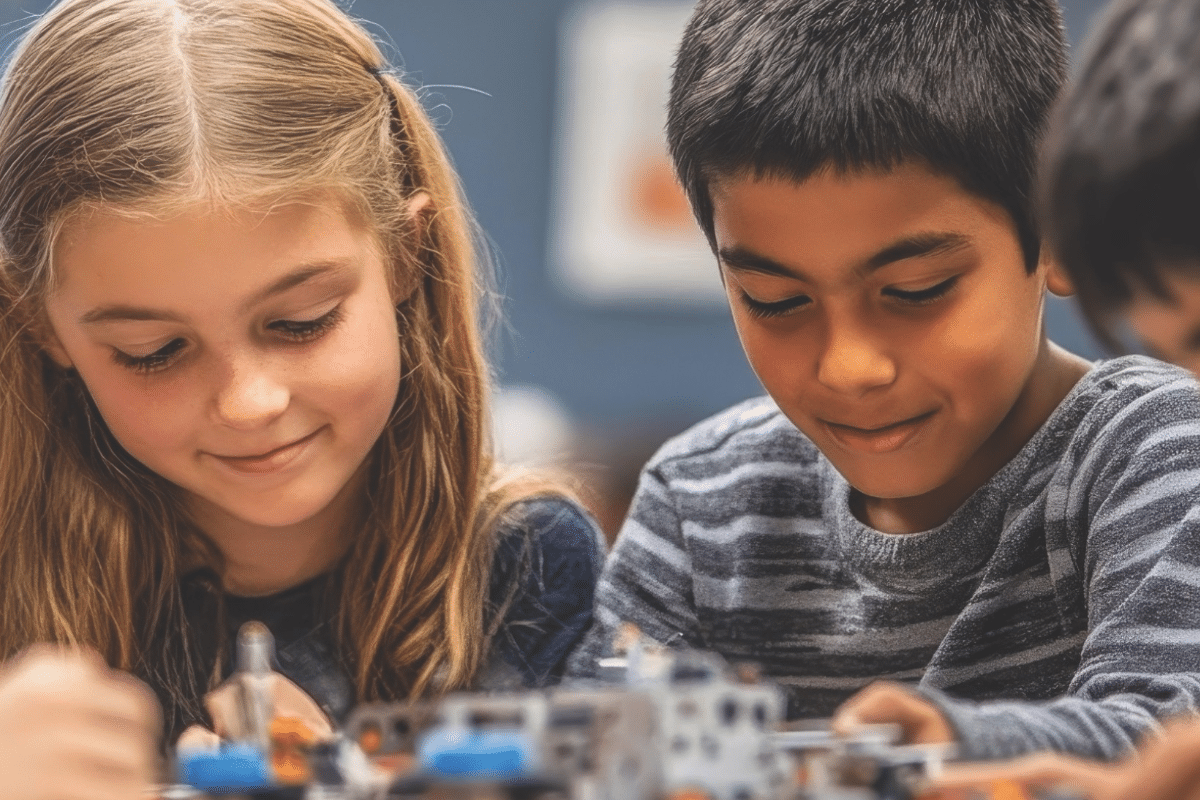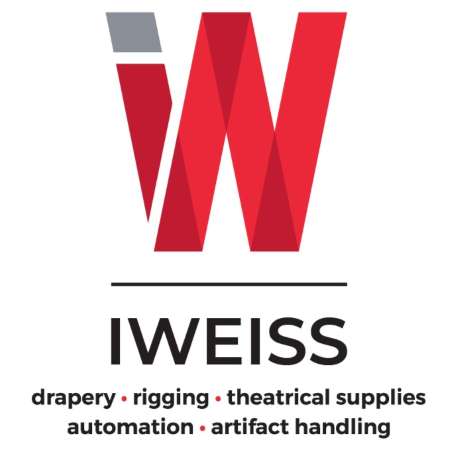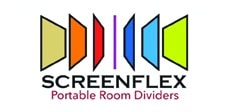In today’s fast-evolving world, STEM (Science, Technology, Engineering, and Mathematics) education is a cornerstone of preparing students for the future. With the rise of artificial intelligence, coding, and digital technologies, schools are racing to equip students with cutting-edge skills. Yet, one truth remains timeless: children learn best by doing. Enter the makerspace—a vibrant, tactile environment where project-based learning ignites creativity, problem-solving, and a lifelong love for STEM. For Christian schools, makerspaces offer a unique opportunity to nurture students’ God-given talents while fostering collaboration, critical thinking, and innovation.
What Is a Makerspace?
A makerspace is a dedicated area in a school where students can explore, create, and experiment with diverse tools and materials. Unlike traditional classrooms, makerspaces prioritize open-ended discovery over rigid curricula. They’re stocked with resources from low-tech materials like cardboard and craft supplies to high-tech tools like 3D printers, circuit kits, and programmable devices. The goal? To empower students to design, build, and test their own projects, learning through trial, error, and iteration.
Makerspaces align naturally with project-based learning (PBL), where students tackle real-world problems through active projects. In a makerspace, PBL comes to life as students collaborate to solve challenges, whether constructing a model bridge, inventing a circuit, or designing a prototype. This process mirrors the work of engineers and innovators, making STEM tangible and engaging.
Why Makerspaces Matter in STEM Education
In Christian schools, makerspaces do more than teach technical skills—they cultivate virtues like perseverance, creativity, and stewardship. When students design solutions, they reflect the Creator’s ingenuity. When they collaborate, they practice community and humility. Research shows that active learning environments like makerspaces enhance student engagement and retention of complex concepts. Here’s why makerspaces are a game-changer:
Active Learning Boosts Engagement
Studies highlight that project-based experiences improve understanding of abstract ideas. In a makerspace, students don’t just read about circuits—they build them. Interactive circuit kits let students transform everyday objects, like fruit or foil, into touch-sensitive controllers for games or musical instruments, blending science with playful exploration.
Project-Based Learning Builds Critical Skills
Makerspaces encourage students to ask questions, test hypotheses, and refine designs. Consider a project where students use a 3D printer to craft a prototype, like a miniature wind turbine. They research aerodynamics, adjust digital models, and troubleshoot imperfect prints, honing critical thinking, problem-solving, and resilience. Educational studies underscore that such projects prepare students for STEM careers by fostering collaboration and innovation.
Inclusivity and Differentiation
Makerspaces are flexible, allowing students of all abilities to participate. A kindergartener might build a cardboard castle using safe cutting tools, while a high schooler programs a microcontroller to automate a task. Teachers can tailor projects to diverse learning needs, ensuring every student feels capable and inspired.
Fostering a Growth Mindset
In a makerspace, failure is a steppingstone. When a 3D-printed prototype collapses or a circuit fails, students iterate and improve. This growth mindset—rooted in perseverance and adaptability—equips them to tackle challenges in STEM and beyond.
Bringing Makerspaces to Life: Tools and Projects
Creating a makerspace doesn’t require a massive budget. Schools can start small and scale up. Here are versatile tools and project ideas:
- Cardboard Construction Tools – Cardboard is a low-cost, versatile medium. Specialized tools that safely slice and shape it enable students to craft intricate model cities or functional prototypes. A middle school class might design a cardboard labyrinth for a marble run, exploring physics concepts like gravity and momentum through tactile exploration.
- 3D Printers – Affordable 3D printers turn digital designs into tangible objects, bridging technology and creativity. A high school biology class could print molecular structures to study genetics, while an elementary class creates geometric shapes to explore spatial reasoning. Designing, printing, and refining teaches patience and precision.
- Invention Kits – Circuit-based kits empower students to create interactive projects with minimal expertise. A popular project connects conductive materials—like bananas or clay—to a circuit board to invent a game controller or musical interface, making STEM accessible and fun.
- Recycled Materials – Makerspaces thrive on sustainability. Students repurpose bottle caps or fabric scraps to build sculptures, learning environmental stewardship.
Integrating Makerspaces into the Curriculum
Makerspaces should connect to the curriculum. A history class could design 3D-printed artifacts of ancient civilizations, blending research and engineering. A math class might build cardboard polyhedrons to reinforce geometry. Projects can reflect biblical themes, like designing solutions to serve others, echoing Christ’s call to love our neighbors.
Collaboration is key. Schools can partner with local businesses or STEM organizations for resources or guest speakers. Professional development equips teachers to lead open-ended projects confidently and helps sustain the initiative.
Overcoming Challenges
Starting a makerspace has solutions for common obstacles:
- Space Constraints: Use a classroom corner, rolling cart, or shared library space.
- Budget Limits: Begin with cardboard and recycled items; grants or donations can fund tools like 3D printers.
- Teacher Training: Online tutorials and STEM workshops build confidence.
A Vision for the Future
Makerspaces are a return to curious, active learning that inspires innovation. For Christian schools, they blend faith and intellect, encouraging students to use their gifts to solve problems and serve others. This vision starts with action: Christian educators can begin small—one project, one tool, one student at a time—and watch makerspaces transform learning. Reach out to STEM organizations, seek grants, and explore bringing a makerspace to your school. The time to foster inspired innovators is now.
Shawn C. Petty, Innovation Consultant at STEMfinity, LLC, brings 30 years of leadership in K-12 education, instructional design, and technology to empower educators. He champions hands-on STEM learning through creative, evidence-based projects that inspire students to reflect their inborn ingenuity. A White-Riley-Peterson Fellow and Afterschool Ambassador, Shawn is pursuing a Doctorate in Instructional Design, focusing on AI integration in education. His work supports thousands of educators nationwide, fostering collaboration, innovation, and stewardship in STEM and more. Shawn aims to cultivate the next generation of EPIC innovators. Visit www.stemfinity.com.










